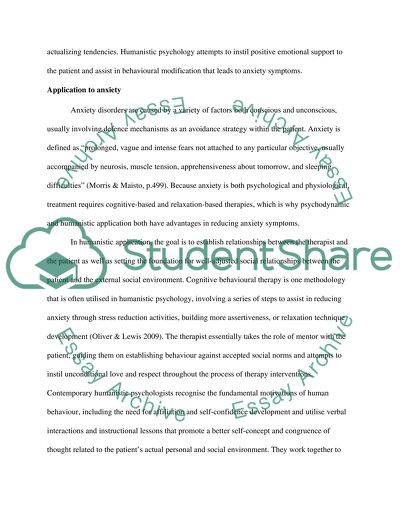Cite this document
(“The Psychodynamic and Humanistic Perspectives Applied to Anxiety Assignment - 1”, n.d.)
Retrieved from https://studentshare.org/psychology/1433851-the-psychodynamic-and-humanistic-perspectives
Retrieved from https://studentshare.org/psychology/1433851-the-psychodynamic-and-humanistic-perspectives
(The Psychodynamic and Humanistic Perspectives Applied to Anxiety Assignment - 1)
https://studentshare.org/psychology/1433851-the-psychodynamic-and-humanistic-perspectives.
https://studentshare.org/psychology/1433851-the-psychodynamic-and-humanistic-perspectives.
“The Psychodynamic and Humanistic Perspectives Applied to Anxiety Assignment - 1”, n.d. https://studentshare.org/psychology/1433851-the-psychodynamic-and-humanistic-perspectives.


